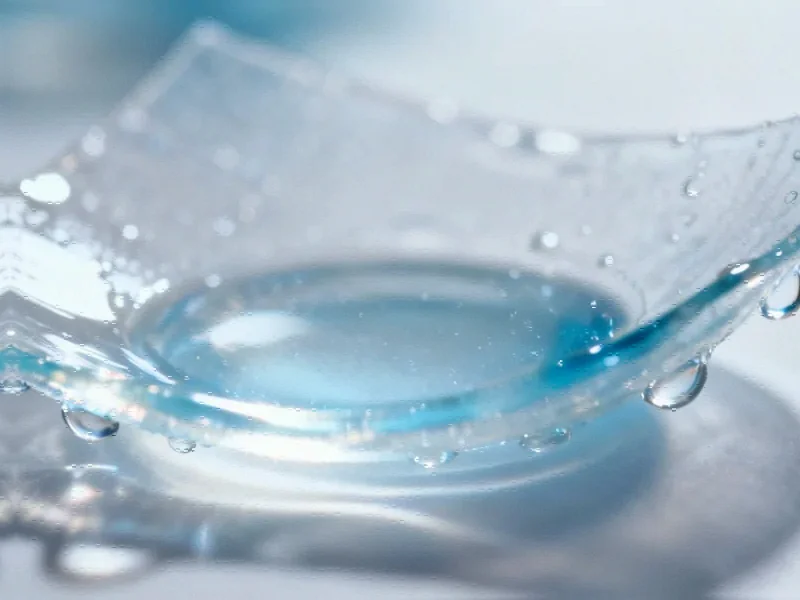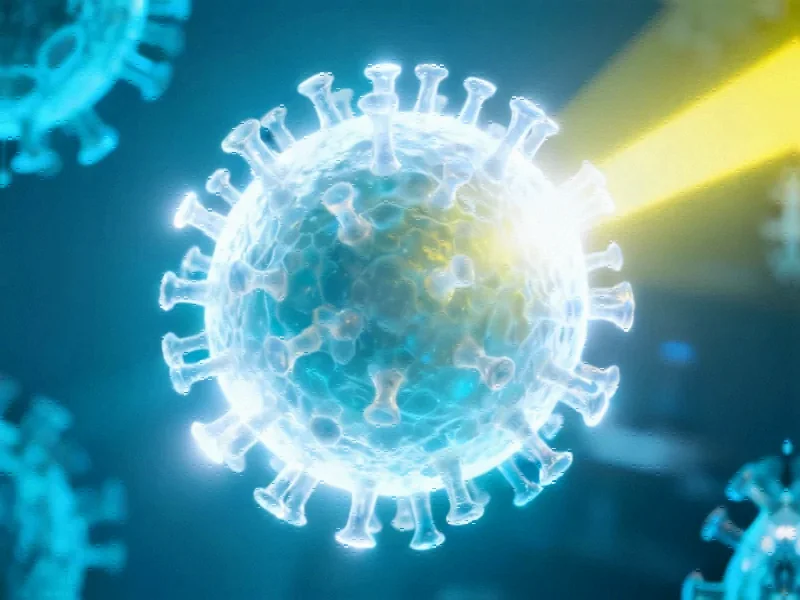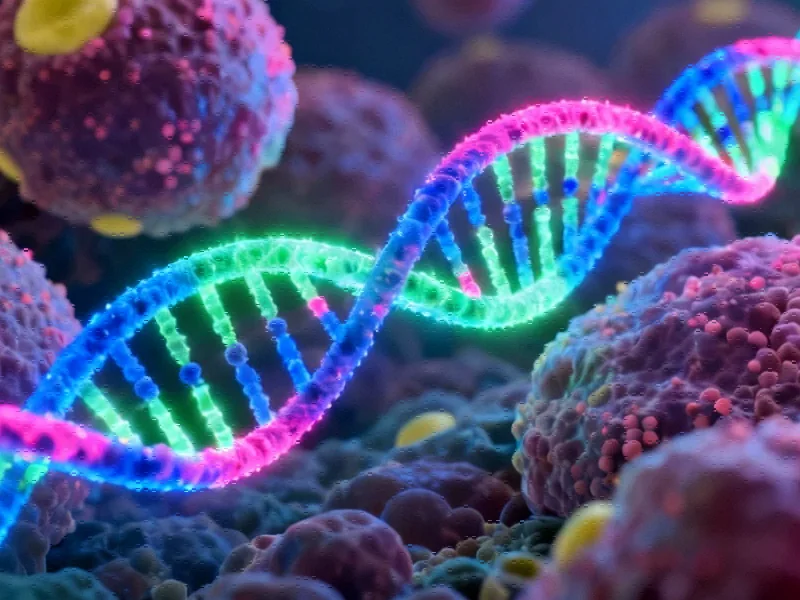Revolutionary Hydrogel Technology Defies Conventional Limitations
In a significant advancement for medical and industrial applications, an international research team has developed a groundbreaking hydrogel material that maintains its properties for extended periods without drying out. This innovation represents a major leap forward in wearable technology and biomedical monitoring systems that could transform patient care and industrial sensing applications.
The collaborative effort between institutions across China, Israel, and Japan has yielded a hydrogel with exceptional durability and performance characteristics. Unlike conventional hydrogels that typically dehydrate quickly, this new material demonstrates remarkable stability, losing only 2% of its water content after nearly two weeks – a feature that addresses one of the most significant challenges in hydrogel applications.
Advanced Manufacturing Process and Material Composition
The researchers created this innovative material through a sophisticated dip-coating process, immersing polyurethane nanomeshes into a gelatin hydrogel solution. What makes this approach particularly noteworthy is that the gelation occurs at standard physiological temperatures, making it ideal for biomedical applications while maintaining both thin profiles and mechanical toughness.
The resulting hydrogel exhibits extraordinary physical properties, including 238% strain stretchability and water vapor permeability of 1,252 g m² per day. These characteristics make it suitable for comfortable, long-term wear while ensuring proper breathability and compatibility with human skin.
The team’s solution to the drying problem involved incorporating a water-glycerol binary solvent system along with lithium chloride. This formulation not only prevented dehydration but also enhanced the material’s anti-freezing capabilities, expanding its potential use to extreme environments where traditional hydrogels would fail.
Transformative Applications in Medical Monitoring
The research team demonstrated the practical utility of their hydrogel by creating electrodes capable of uninterrupted electrocardiogram (ECG) monitoring over eight consecutive days. This represents a substantial improvement over current monitoring systems that typically require frequent replacement or rehydration.
This breakthrough comes at a time when the global medical technology sector is experiencing significant industry developments in wearable health monitoring. The ability to maintain consistent monitoring over extended periods could revolutionize how healthcare providers track chronic conditions, post-operative recovery, and overall patient wellness.
The implications extend beyond cardiac monitoring to potentially include EEG measurements, EMG recordings, and various other biosensing applications where stable electrode-skin interface is critical. As recent technology leadership changes indicate, companies are increasingly prioritizing innovations that deliver both technical superiority and practical patient benefits.
Broader Industrial and Technological Implications
While the immediate applications appear in healthcare, this hydrogel technology has far-reaching implications across multiple industrial sectors. The material’s durability and stability suggest potential uses in soft robotics, flexible electronics, and advanced sensor systems where conventional rigid components prove limiting.
The development aligns with broader related innovations in biomedical engineering that are pushing the boundaries of what’s possible in human-machine interfaces. Similarly, as industries increasingly rely on connected systems, the importance of robust, long-lasting sensor technology becomes paramount.
Recent market trends in industrial computing have highlighted the vulnerabilities of centralized systems, making distributed, reliable monitoring technologies increasingly valuable. The extended operational lifetime of these hydrogel-based systems could provide more consistent data streams for critical applications.
Future Directions and Commercial Potential
The research team’s work opens numerous possibilities for future development and commercialization. The material’s anti-freezing properties suggest applications in extreme environments, from arctic research stations to cryogenic industrial processes. Meanwhile, its mechanical toughness and flexibility could enable new form factors in wearable technology.
As detailed in our priority coverage of this development, the technology represents a significant step toward truly continuous health monitoring systems. The ability to maintain consistent performance over multiple days addresses a critical gap in current wearable technology.
The timing of this innovation is particularly relevant given recent discussions about system reliability across technology sectors. As industries become more dependent on continuous data collection, materials that can provide uninterrupted service become increasingly valuable.
Furthermore, as highlighted in analysis of technology infrastructure, distributed, resilient systems are becoming priorities across multiple sectors. This hydrogel technology could contribute to more robust monitoring systems that reduce dependency on centralized infrastructure.
Conclusion: A New Era in Material Science and Applications
This hydrogel breakthrough represents more than just another material innovation – it signals a fundamental shift in what’s possible with soft, flexible electronics and biomedical interfaces. By solving the longstanding challenge of hydrogel dehydration, the research team has unlocked potential applications that were previously impractical or impossible.
The international collaboration behind this development demonstrates the global nature of cutting-edge materials research and the importance of cross-border scientific cooperation. As this technology moves toward commercialization, it could establish new standards for performance and reliability in wearable medical devices and industrial sensors alike.
With its combination of mechanical robustness, extended operational lifetime, and compatibility with human physiology, this hydrogel technology stands poised to make significant contributions across healthcare, industrial monitoring, and beyond – truly embodying the next generation of smart materials.
This article aggregates information from publicly available sources. All trademarks and copyrights belong to their respective owners.
Note: Featured image is for illustrative purposes only and does not represent any specific product, service, or entity mentioned in this article.



